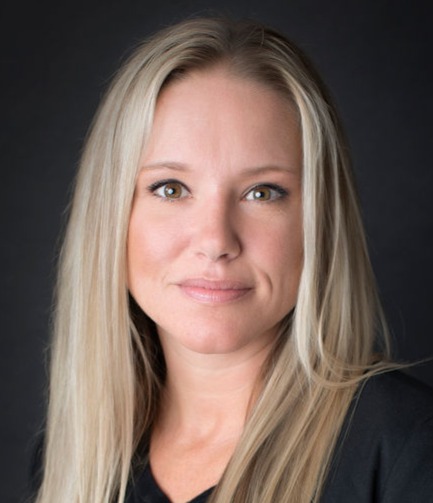The CareWork Story
- jramieri

- Jun 29, 2021
- 3 min read
Updated: Jun 30, 2021
Our journey to make operations easier for long-term, post-acute care companies.

We found the problem, now what's the solution?
My background is in IT. Specifically, I work with skilled nursing and senior care operators and help them navigate requirements, spend, and IT operations.
A few years ago I started hosting 'problems to solve' calls with one of my clients. I met with regional operations and clinical teams to talk through their processes and see what we might be able to improve through technology.
We came out of the meetings with a list of goals based on the problems that were identified.
Save time so staff can focus on quality of care.
Make required tasks easier for facility staff to complete.
Catch problems before they occur: avoid issues later by addressing them today.
Avoid duplicate work.
Ensure facility tasks are completed on time.
Improve accuracy in reporting.
Manage facility accountability.
Coincidentally, I was also tasked with finding a replacement system for the company's analytic and KPI dashboard.
With marching orders in-hand, I went to work. I spent a lot of time in demos for various systems trying to find the solution to our problems and what I found was that there were a lot of systems that could do pieces of what we needed, but there wasn't one that addressed everything.
If you can't find it, build it.
Once I eliminated the possibilities that were available on the market, I decided to scope out the requirements for a custom system. I focused on a few requirements.
The system must be intuitive and easy-to-use. So easy that formal user training is not required.
We must be able to integrate data from Electronic Health Records, MDS scrubbers, time and attendance systems, procurement systems, scheduling systems, and basically any system that operators use that house data we want to grab.
We need to automate as many reporting tasks as we can.
Reports for census, labor, clinical, financial, procurement, and quality need to be comprehensive, relevant, easy to find, and easy to understand.
We need the ability to add forms, tasks, and work flows.
The system must be offered as as subscription-based service at a reasonable price.
The next twelve months were spent in product development. When I finally had a scope, it was huge. I scaled back the minimum viable product, or first iteration of the product, into the core system we're launching in March of 2022 and put the remaining features on the product roadmap.
We're almost there. Time to test!
Although we're still in development, we're on target to launch to a limited number of companies in beta November 2021.
We've developed a tool that is easy-to-use, and gives you home base to communicate with your teams, view automated performance highlights, in-depth analytics, KPI reporting, and manage all aspects of your daily operations quickly, without duplicating work.
I've been lucky throughout this process to have the involvement and input of my clients and an awful lot of smart care-workers. We're all excited to test the system live in beta in November 2021.
We are limiting the number of companies that will participate in beta-testing in November but there are still a few slots available.
If this sounds like something that might interest you and you want to learn more, request early access here and we can schedule some time to chat.



